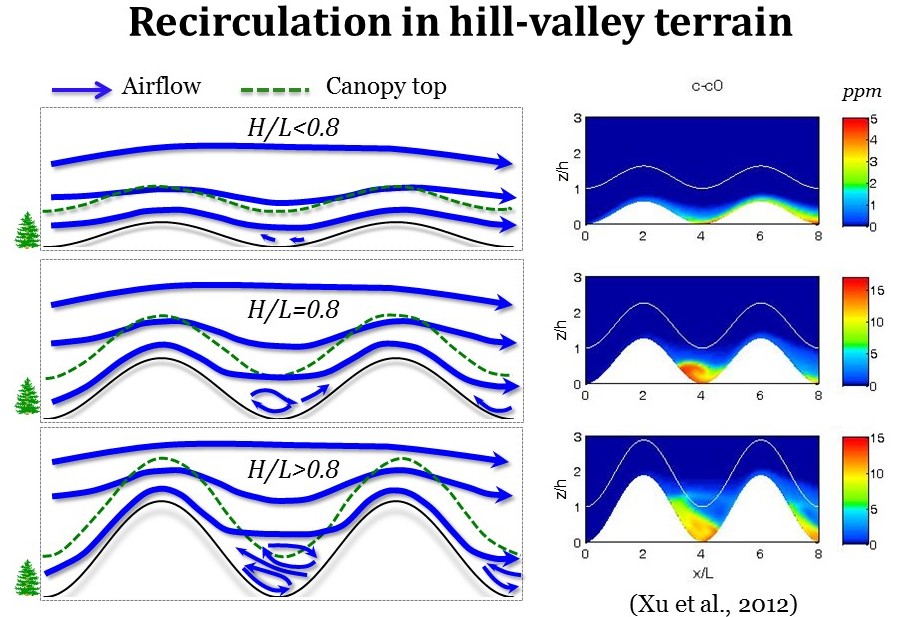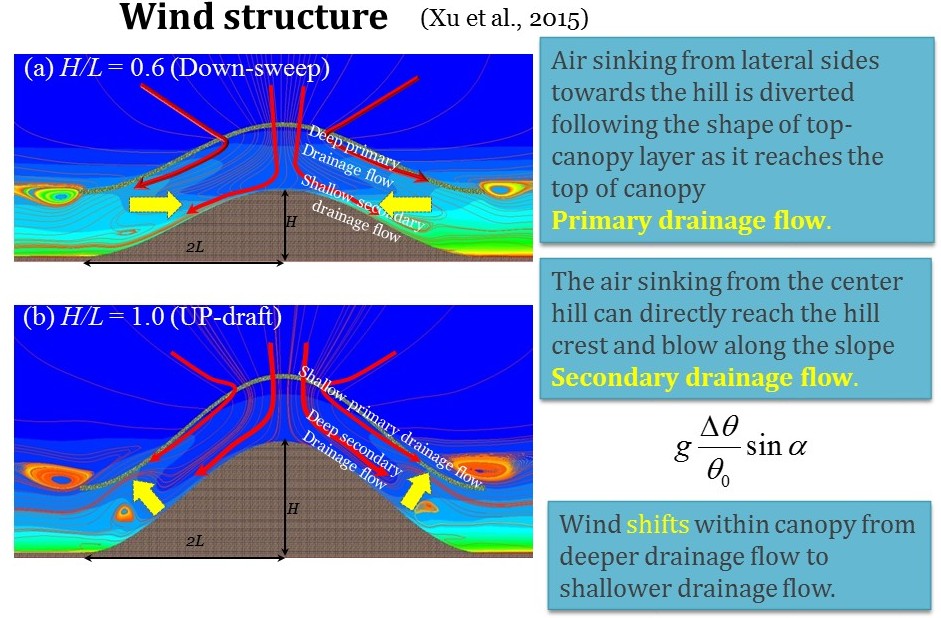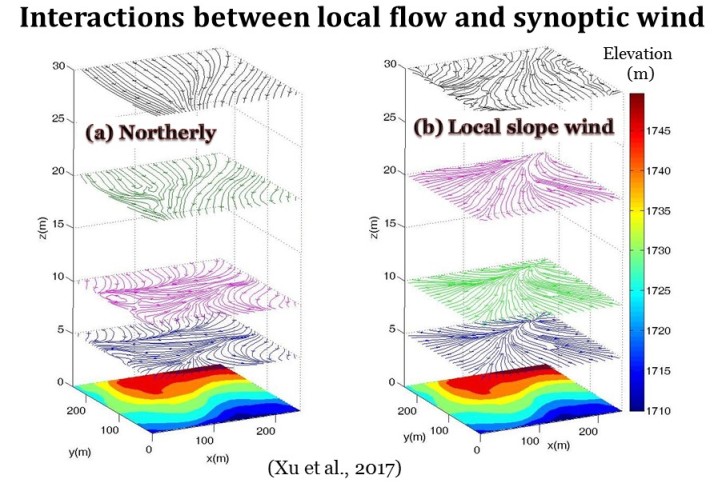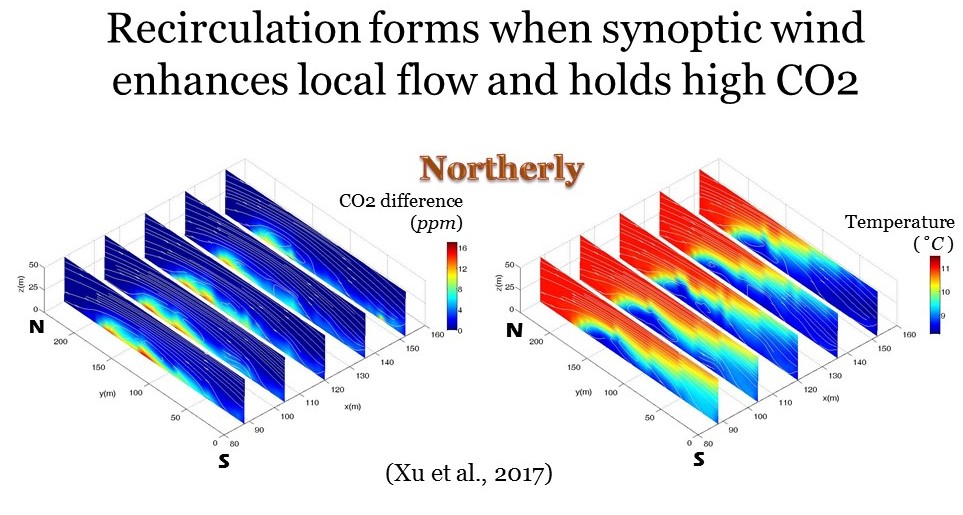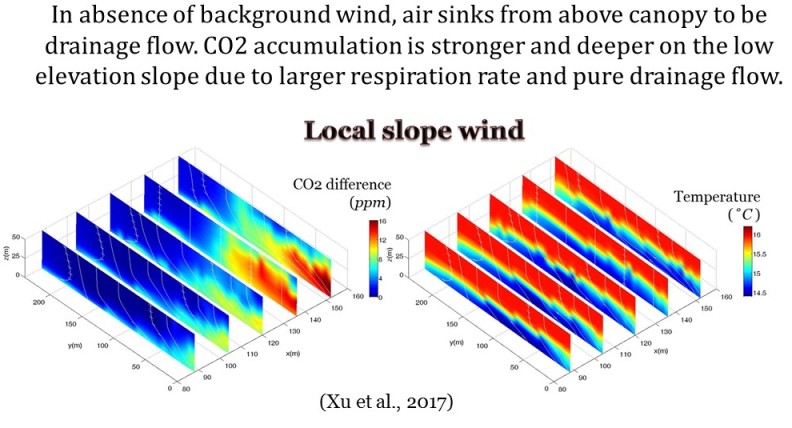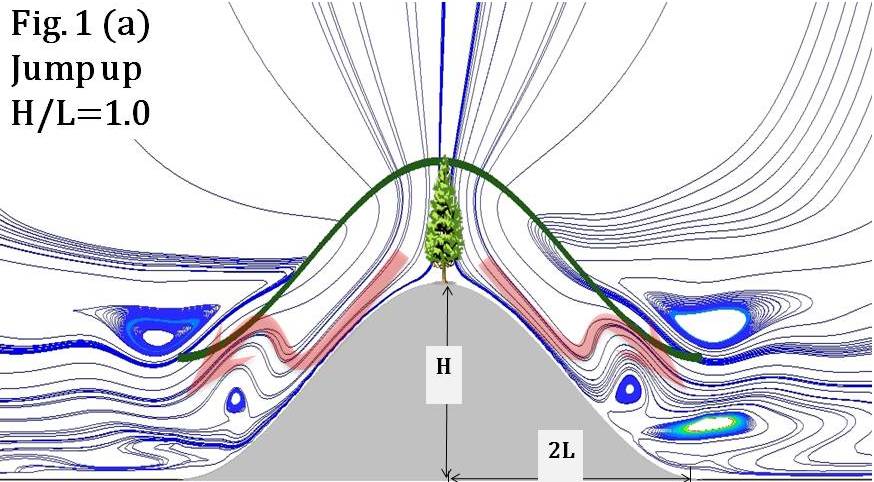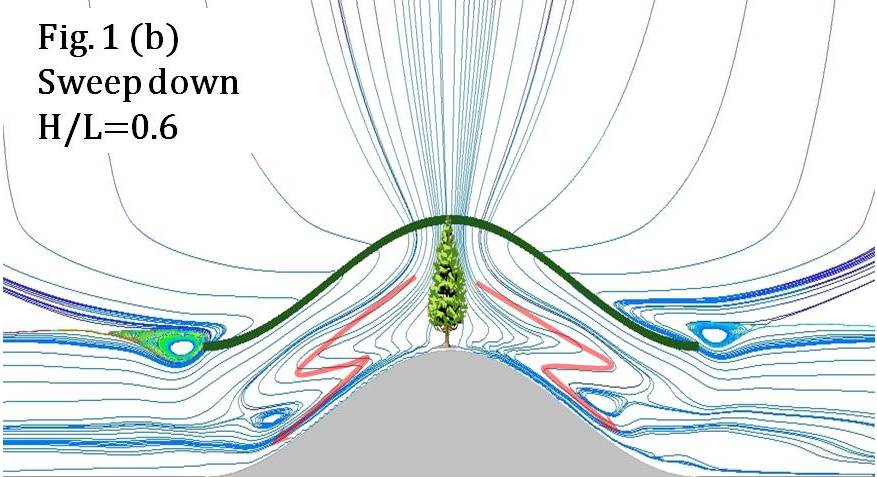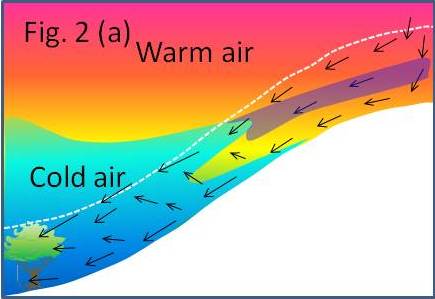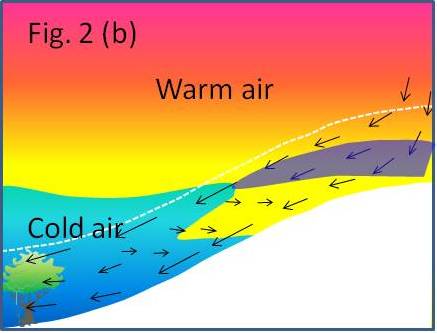|
CFD Modelling Xu, X., C. Yi, the influence of geometry on recirculation and co2 transport over forested hills, Meteorology and Atmospheric Physics, 2012, DOI: 10.1007/s00703-012-0224-6 . PDF Xu, X., C. Yi, and E. Kutter, Stably stratified canopy flow in complex terrain, Atmos. Chem. Phys., 15, 7457-7470, doi:10.5194/acp-15-7457-2015, 2015. PDF Xu, X., C. Yi, L. Montagnani, E. Kutter, Numerical Study of the interplay between thermo-topographic slope flow and synoptic flow on canopy transport processes, Agric. Forest Meteorol., doi:10.1016/j.agrformet.2017.03.004. (2017). PDF Kutter, E., C. Yi, G. Hendrey, H. Liu, T. Eaton, and W. Ni-Meister, Recirculation over complex terrain, J. Geophys. Res. Atmos., 122, doi:10.1002/2016JD026409 (2017). PDF Chen, H., and C. Yi, Optimal control of katabatic flows within canopies, Quarterly Journal of the Royal Meteorological Society, DOI:10.1002/qj.1904, 2012. PDF |
|
 11/12/2011
(Xu and Yi, 2011)
|
|
|
|
|
|
| |
|
Numerical Study of the interplay between thermo-topographic slope flow and synoptic flow Xiyan Xu, Chuixiang Yi, Leonardo Montagnani, and Eric Kutter Flows within and just above forest layers over mountainous terrain are most complex in the Earth’s atmosphere, especially during nighttime. We employed a renormalized group (RNG) k-e turbulence model to study transport mechanisms of thermally driven flows over a forested hill. We found a complex microstructure of canopy flows under stable stratification, especially two vortices within canopy are symmetrically formed in the lower parts of the slope (Figure 1). The new transport mechanisms of forest flows (shown in Figure 1) result from a complex temperature structure with a cold “fish head”, shown in Figure 2. A layer of relatively warmer air is shaped like a fish mouth: (1) with a longer bottom lip (Figure 2a), caused by a deep slope, supports jump-up mechanism (Figure 1a); and (2) with a shorter bottom lip, caused by gentle slope, supports sweep-down mechanism (Figure 1b). Fundamentally, the direction of flow jump-up or sweep-down is determined by a horizontal pressure difference that is caused by a temperature gradient across the fish month (Figure 2). |
|
|
|
|
|
|
|


